Exploring sustainable fuel alternatives for transportation
SEMPRE-BIO’s Advances in Sustainable Biogas Production
Introduction
Waste accounts for 26% of human-made methane emissions worldwide [1]. But what exactly is waste and how is it classified?
Waste is defined as unwanted or unusable materials, any substance discarded after primary use, or something that is worthless, defective and of no use. One way to classify it is based on how it is managed: controlled waste, which is collected and then either recycled or disposed of in a controlled facility, or uncontrolled waste, which is either not collected and thus dumped or burned in the open by the waste generator or collected and then dumped or burned at its destination.

What is being done with the waste right now?
As can be seen in the following chart detailing the global municipal solid waste destinations in 2020, 62% of the global municipal solid waste (MSW) is controlled. [2] According to the same document, the degree to which MSW is managed in a controlled manner varies significantly across regions. The lowest levels of MSW management are in Sub-Saharan Africa and Central and South Asia, whereas in North America and Western Europe, almost all this waste is managed in controlled destinations. Other differences include the fact that North America relies predominantly on sanitary landfill disposal, while in Western Europe, recycling rates are higher, and waste-to-energy is the dominant method of MSW disposal.

In this blog, we will focus on the concept of Waste-to-Energy (WtE), which involves the production of energy in the form of electricity, heat or fuel.
How do we get energy from waste?
There are various methods for obtaining energy from waste, but it is important to recognize that not all of these options are equally sustainable. Considering that municipal solid waste generation is predicted to grow from 2.3 billion tonnes in 2023 to 3.8 billion tonnes by 2050, it is vital that if we want to control the emissions we produce, we must start managing the waste we produce in a more sustainable manner. As cited in the latest United Nations report, the world must move beyond the waste area and turn rubbish into a resource. [3]
Some of the technologies currently being used to convert waste into energy are:
- Incineration: This entails the direct burning of solid waste at temperatures between 750 and 1,100°C. It requires the presence of oxygen and produces steam for electricity or heat generation.
- Gasification: This process involves the partial oxidation of waste between 800 and 1200°C, facilitated by a controlled amount of oxygen. This allows for partial combustion, breaking down waste into simple molecules and producing synthetic gas for further combustion or conversion to chemical feedstock.
- Pyrolysis: This involves the thermal degradation of waste between 300 and 1300°C in the absence of oxygen, producing liquid fuel for further combustion or conversion to chemical feedstock.
- Anaerobic digestion: This processes readily degradable organic wastes using microorganisms in the absence of oxygen. The digestion process produces biogas and digestate. Biogas can be used as fuel for power generation, while digestate can be composted for use as a soil conditioner or dewatered and used as a low calorific value refuse-derived fuel.
But, why is this important?
As we have mentioned, the issue of waste management has significant repercussions and will have even more in the future. Over two billion metric tons of unsustainable, human-generated waste are thrown away globally every year, entering our environment and polluting every ecosystem around the world [4].
Human health is also being deeply impacted by the lack of environmental accountability and awareness about waste management. Improper waste management generates a wide range of airborne pollutants, including unintentional persistent organic pollutants and other chemicals of concern for public health (Pathak et al., 2023). [5]
Based on the previous projections, it is shown that a circular economy model, where waste generation and economic growth are decoupled by adopting waste avoidance, sustainable business practices and comprehensive waste management, could in fact lead to a net gain of EUR 9740 million per year. [6]
How does it relate to SEMPRE-BIO?
SEMPRE-BIO takes the biological route (as opposed to chemical catalysts) to convert waste into biogas through a process called methanation. This process involves the conversion of carbon-based materials, present in waste, into methane. The project works on two main areas: 1) retrofitting of vintage AD plants, and 2) developing new methanation processes. These processes include: methanation of CO2 with H2, and methanation of CO in syngas without H2. Through this work, SEMPRE-BIO advances in the understanding of bioreactors and how to optimise them for efficient waste-to-biogas conversion.
Case Study 1 takes place at the El Prat de Llobregat wastewater treatment plant in Barcelona, Spain. Its primary focus is upgrading biogas to high-quality biomethane while reducing costs using the sludge produced at the plant as feedstock. This refined biomethane is then utilized in two buses operating in the metropolitan area of Barcelona.
In Case Study 2, SEMPRE-BIO tackles a key element in waste-to-energy, the transformation of non-fermentable waste into biogas through pyro-gasification, as opposed to the usual approach which is the use of fermentable biomass. This Case, taking place in Bourges (France), will demonstrate pyro-gasification of non-fermentable waste such as woody biomass from Bourges, in a pyrolyzer without any air intake producing a syngas without Nitrogen where Carbon and Hydrogen can then be converted into biogas. This biogas will be injected into the grid.
In the Case Study 3, taking place in Adinkerke (Belgium), liquified biomethane will be produced by cryogenic separation of biogas from a dairy farm anaerobic digestors. Manure from a 1,500-cow dairy farm will be used as feedstock for producing biogas for local storage and a pure CO₂ stream with food-grade quality. This remaining CO2 will be liquified and converted into polymers and bioplastics.
SEMPRE-BIO aims to drive innovations across all stages of the value chain to produce cheaper and more sustainable biomethane. This includes the use of novel types of feedstocks, breakthrough biomethane production technologies, optimization of traditional technologies and minimization of GHG emissions, even creating a negative carbon footprint.
While progress is being made in waste management, SEMPRE-BIO emphasizes that the best strategy is to prevent waste creation in the first place!
References:
[2] global_waste_management_outlook_2024.pdf (unep.org)
[3] Waste | UNEP – UN Environment Programme
[4] World waste: statistics by country and brief facts DevelopmentAid
[5] Plastic pollution and the open burning of plastic wastes – ScienceDirect
[6] https://www.unep.org/resources/global-waste-management-outlook-2024
Author: Zoe Cardell
Editorial: Lucía Salinas
Date: September, 2024


This project has received funding from the European Union’s HORIZON-CL5-2021-D3-03-16 program under grant agreement No 101084297. Views and opinions expressed are however those of the author(s) only and do not necessarily reflect those of the European Union or the European Commission. Neither the European Union nor the granting authority can be held responsible for them.

